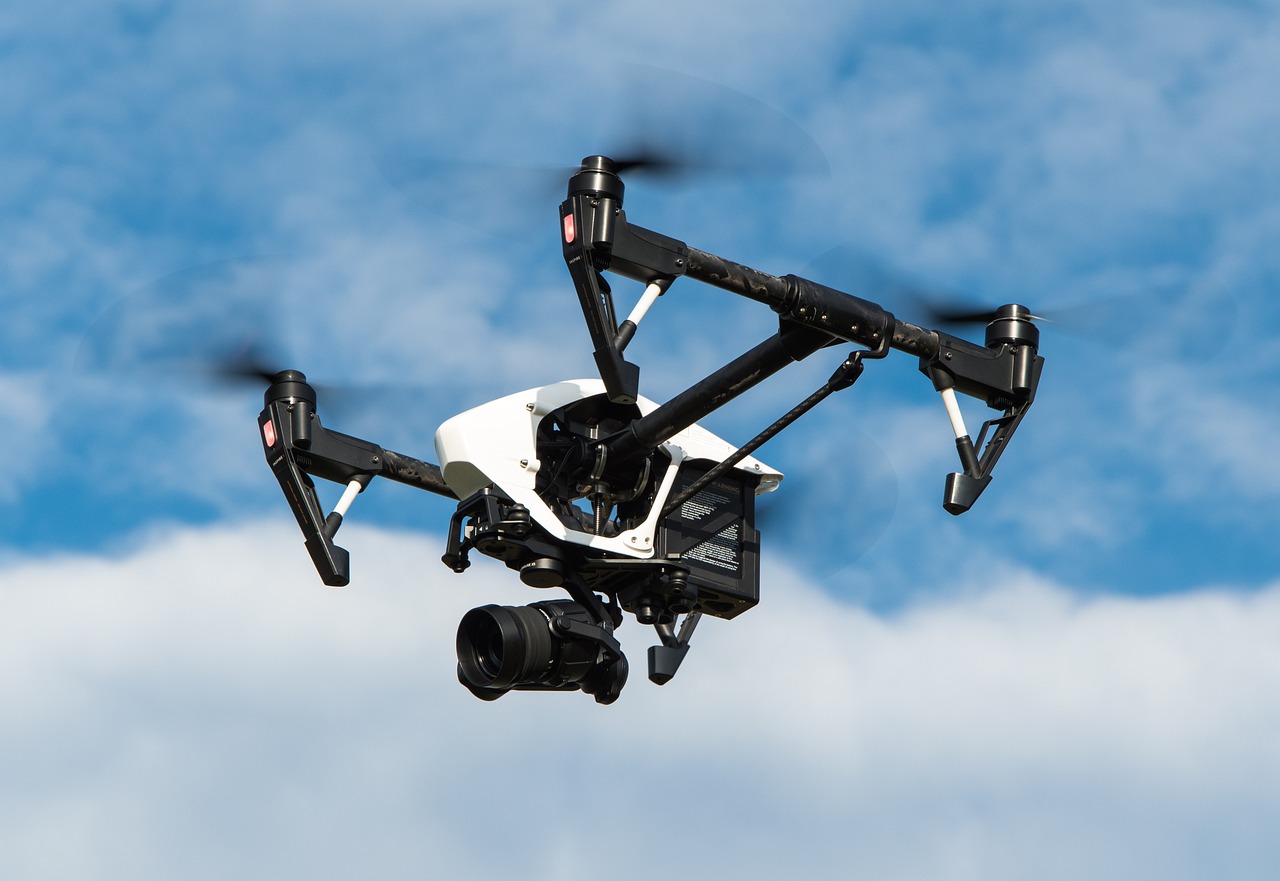
Explore the evolving cybersecurity challenges in today’s hyper-connected world. Learn how to stay protected against growing digital threats in 2025 and beyond.
Introduction
In today’s hyper-connected digital era, cybersecurity is no longer a choice—it’s a necessity. With billions of devices interconnected through the Internet of Things (IoT), cloud platforms, and mobile networks, our personal and professional lives are more vulnerable than ever. From ransomware to phishing attacks, the digital threat landscape is growing at an alarming rate. This article explores how cybersecurity has evolved and what steps individuals and organizations can take to navigate this ever-changing battlefield.
The Rise of Hyper-Connectivity
Hyper-connectivity refers to the seamless interconnection of people, devices, and systems through the internet and other networks. From smartphones and smart homes to industrial systems and financial platforms, almost everything is now online. While this enhances convenience and efficiency, it also widens the attack surface for cybercriminals.
Key Drivers of Hyper-Connectivity:
- 5G and faster internet speeds
- Cloud computing and remote work
- IoT and smart devices
- Mobile apps and social media platforms
Emerging Cybersecurity Threats in 2025
As connectivity grows, so do the tactics of cybercriminals. Here are some of the most pressing cybersecurity threats in the current landscape:

1. Ransomware Attacks
Ransomware remains one of the top threats, targeting both individuals and large organizations. Attackers encrypt data and demand payment in cryptocurrency to restore access.
2. AI-Powered Cyber Attacks
Artificial Intelligence is now being weaponized to automate attacks, making them faster and harder to detect. AI can also mimic human behavior to bypass traditional security systems.
3. Phishing and Social Engineering
Cybercriminals exploit human psychology to trick users into revealing sensitive information through fake emails, websites, and calls.
4. Supply Chain Attacks
Threat actors increasingly target vendors and third-party suppliers to infiltrate more secure networks, making cybersecurity a shared responsibility.

Cybersecurity Best Practices in a Connected World
To defend against modern cyber threats, individuals and organizations must take a proactive approach to cybersecurity.
1. Update Software Regularly
Keep all operating systems, applications, and firmware up to date to patch known vulnerabilities.
2. Enable Multi-Factor Authentication (MFA)
MFA adds an extra layer of security by requiring users to verify their identity in multiple ways.
3. Educate Employees and Users
Cybersecurity awareness training helps users recognize threats and avoid falling victim to social engineering and phishing.
4. Use Advanced Threat Detection Tools
Invest in next-gen firewalls, intrusion detection systems, and AI-powered security tools to monitor and respond to threats in real-time.
5. Back Up Data Frequently
Maintaining regular data backups ensures business continuity in case of ransomware or data corruption.
The Role of Governments and Regulations

Governments around the world are tightening regulations to protect sensitive data and ensure accountability. Key regulations include:
- GDPR (General Data Protection Regulation)
- CCPA (California Consumer Privacy Act)
- Cybersecurity Maturity Model Certification (CMMC)
Compliance with these laws not only avoids penalties but also builds customer trust.

Future Outlook
As we continue to adopt more connected technologies, the need for stronger cybersecurity measures will only intensify. Emerging solutions like zero trust architecture, blockchain-based security, and quantum encryption may become standard in future cyber defense strategies.
Conclusion
Cybersecurity in the age of hyper-connectivity is a critical concern that affects individuals, businesses, and governments alike. Navigating this complex threat landscape requires awareness, preparedness, and continuous adaptation. By embracing a security-first mindset and leveraging advanced technologies, we can protect our digital lives in an increasingly connected world.





